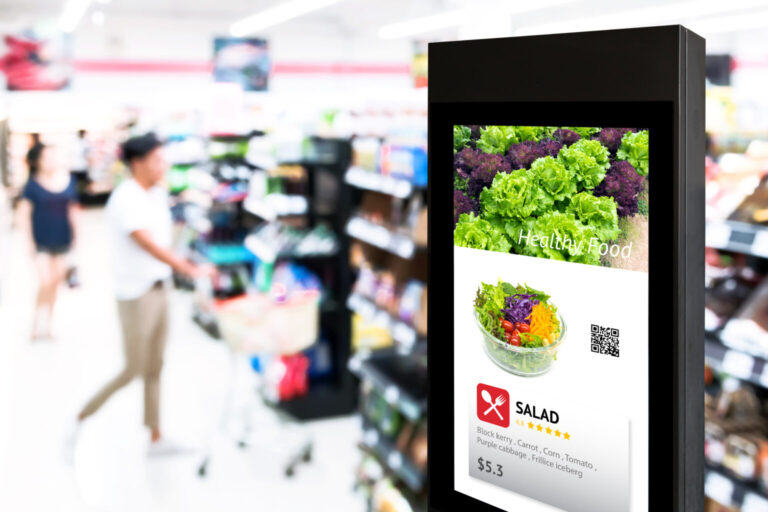How to Measure Retail Media Performance Effectively
Retailers today have a solid understanding of store foot traffic and sales data. This general understanding pairs well with traditional advertisements, but it does not offer the precision that modern display networks require to optimize bidding. In order for in-store retail media to reach its potential, retailers need to measure it similarly to other retail media products. Having a retail media measurement strategy, and providing “clickstream data” for the store — or pathing and intent data — to partners will lead to further investment.
In-store analytics connects ad placement with sales performance. For retailers, it’s crucial to offer brands the same level of transparency and metrics that they expect from online advertising. This includes detailed reports on ad plays, impressions and Return on Ad Spend (ROAS). Brands are increasingly demanding closed-loop attribution, where they can see the direct impact of their ads on sales. Without this data, it’s challenging for retailers to demonstrate the full value of their in-store media networks, much less for a name brand to justify the cost of ad placement.
In-Store Media Attribution: Proving ROI
Setting up mature, proven measurement infrastructure is crucial for collecting data around and proving the value of your in-store retail media network. Walkbase offers a comprehensive attribution tools for retail media measurement that leverages sensor technology throughout the store, providing precise, real-time data on customer interactions with ads and products and writing a seamless story of the customer journey from walk-in to checkout.
Asset tags on carts and baskets track pathing down to within a meter of accuracy. Additional sensor technology can also measure impressions and dwell at the screen level. When paired with digital display data, we can connect each cart to the ads it sees and whether the customer slows down, stops or changes shopping patterns after viewing. Integrating with point of sale (POS) data provides the entire feedback loop of path, ads and items purchased.
In-store attribution analytics is a privacy-friendly retail media ROI method, with no personally identifiable information or biometric data collected. This ensures customer anonymity and compliance with General Data Protection Regulation (GDPR) and other local privacy requirements.
Retailers exploring how to measure in-store campaigns often take an iterative approach, deploying digital display sensors first, or integrating with POS for closed loop attribution. These are increasingly the table stakes of sensor technology, and the starting point for building value with data.
Linking Customer Behavior to Campaign Results
Non-purchase journeys are an often overlooked but incredibly valuable insight gained from measuring in-store customer behavior. The same data that justifies higher Cost Per Thousand Impressions (CPM) also sheds light on intent-based audiences. These are the customers who showed interest but did not ultimately make the purchase. Providing this almost-list allows marketers to make changes on their side — to content, pricing or timing — and track the results like they do in ecommerce environments.
Walkbase TREQ can be paired with Loyalty Program or CRM data to drive remarketing efforts to give brands a way to follow-up and convince some of those near misses.



